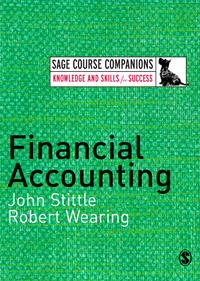

Tricranost Company uses a process costing system. The company manufactures a product that is processed in two departments: Department A and Department B. In Department A materials are added at the beginning of the process while in Department B additional materials are added at the end of the process. In both departments, conversion costs are incurred uniformly throughout the process. As work is completed, it is transferred out. Department A uses the Weighted Average method for calculating its cost production report, while Department Buses the FIFO method. Given the importance of minimizing product returns, spoiled units are detected upon inspection at 70% of the process and are discarded at a net disposal value of zero. Normal spoilage is considered as a percentage of good units. Spoiled units were only found in Department A, but not in the Department B. The following table summarizes the production activity and costs for November Department A Department B Beginning inventories Physical units 5,000 8,000 Costs: Transferred in $ 45,320 Direct materials $10,000 Conversion costs $ 6,900 $ 16,800 Current production Units started 25,000 Units transferred out 26,000 33,000 Normal spoilage as a 9% percentage of good unit Ending Inventories 1,000 1.000 Costs: Transferred in $ 19,500 Direct materials $57,800 $ 45,900 Conversion costs $95,220 $128,700 Percentage of completion Beginning inventory 40% 60% Ending inventory 80% 40% Required: 1. Provide the summary of the flow of physical units and the calculation of the output in equivalent units in Department A. (8%) 2. Provide the summary of the flow of physical units and the calculation of the output in equivalent units in Department B. (8%) 3. Summarize the Total Costs to Account For, Compute the Cost per Equivalent Unit, and Calculate the assignment of Costs in Department B. (18%) 4. Prepare the journal entries for Department B. (6%) Tricranost Company uses a process costing system. The company manufactures a product that is processed in two departments: Department A and Department B. In Department A materials are added at the beginning of the process while in Department B additional materials are added at the end of the process. In both departments, conversion costs are incurred uniformly throughout the process. As work is completed, it is transferred out. Department A uses the Weighted Average method for calculating its cost production report, while Department Buses the FIFO method. Given the importance of minimizing product returns, spoiled units are detected upon inspection at 70% of the process and are discarded at a net disposal value of zero. Normal spoilage is considered as a percentage of good units. Spoiled units were only found in Department A, but not in the Department B. The following table summarizes the production activity and costs for November Department A Department B Beginning inventories Physical units 5,000 8,000 Costs: Transferred in $ 45,320 Direct materials $10,000 Conversion costs $ 6,900 $ 16,800 Current production Units started 25,000 Units transferred out 26,000 33,000 Normal spoilage as a 9% percentage of good unit Ending Inventories 1,000 1.000 Costs: Transferred in $ 19,500 Direct materials $57,800 $ 45,900 Conversion costs $95,220 $128,700 Percentage of completion Beginning inventory 40% 60% Ending inventory 80% 40% Required: 1. Provide the summary of the flow of physical units and the calculation of the output in equivalent units in Department A. (8%) 2. Provide the summary of the flow of physical units and the calculation of the output in equivalent units in Department B. (8%) 3. Summarize the Total Costs to Account For, Compute the Cost per Equivalent Unit, and Calculate the assignment of Costs in Department B. (18%) 4. Prepare the journal entries for Department B. (6%)








